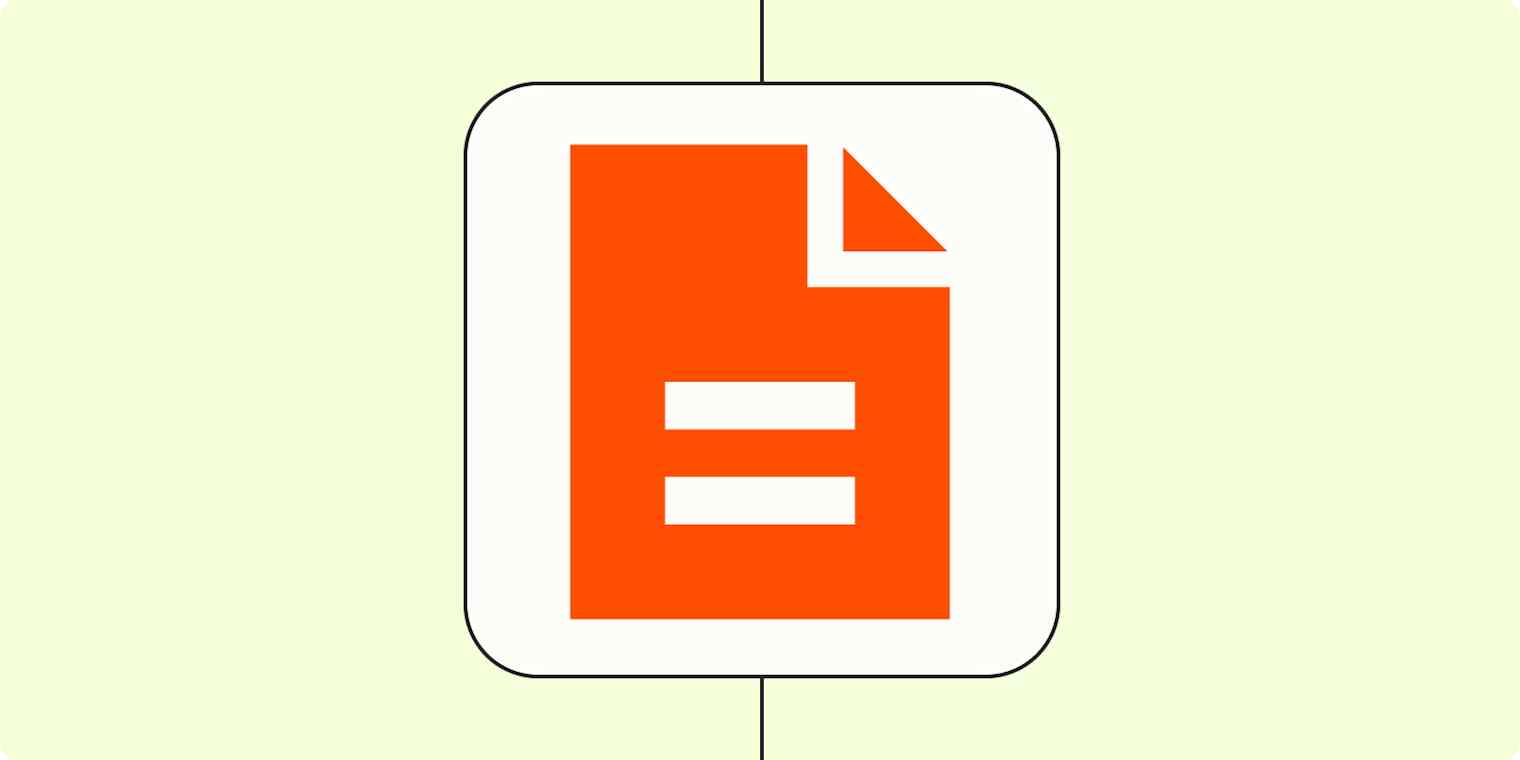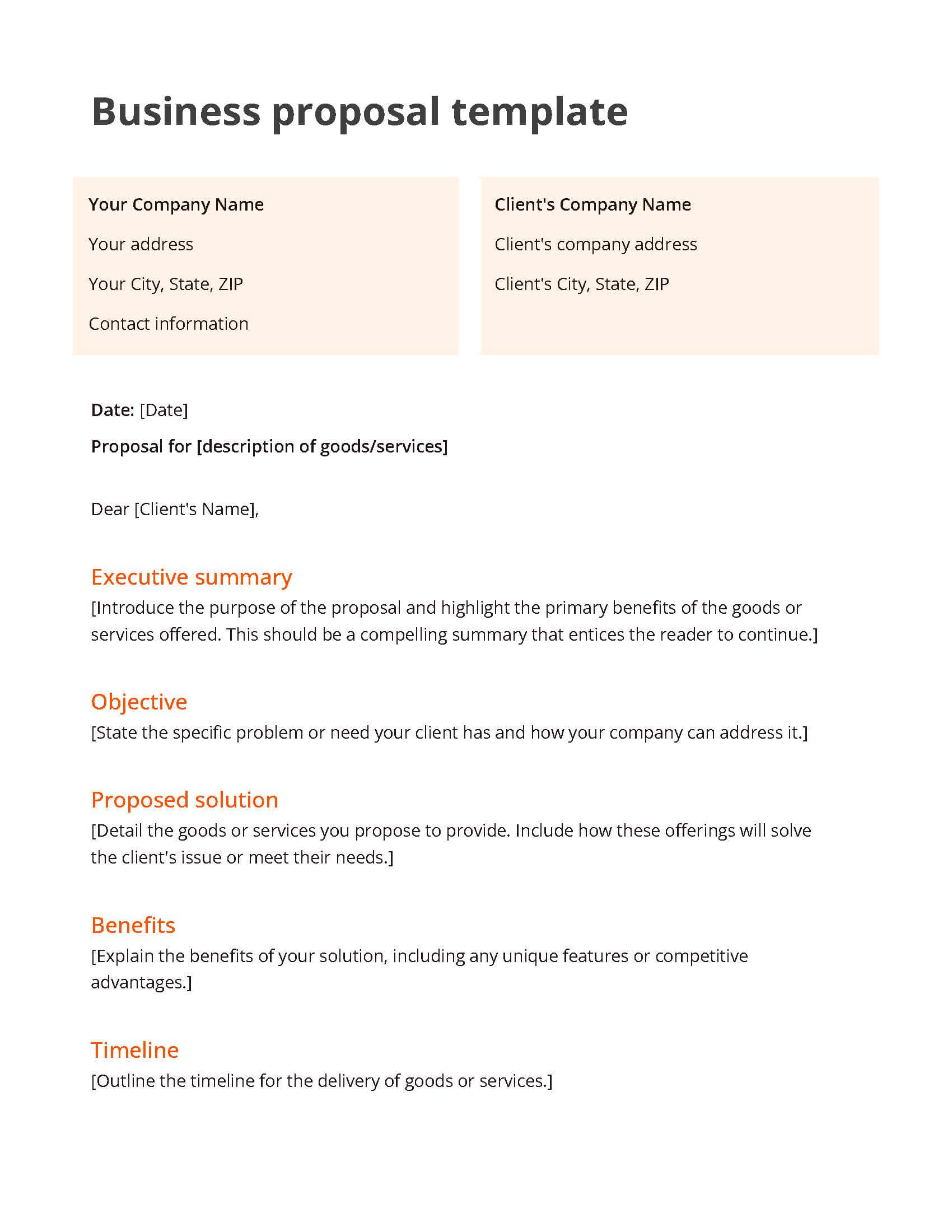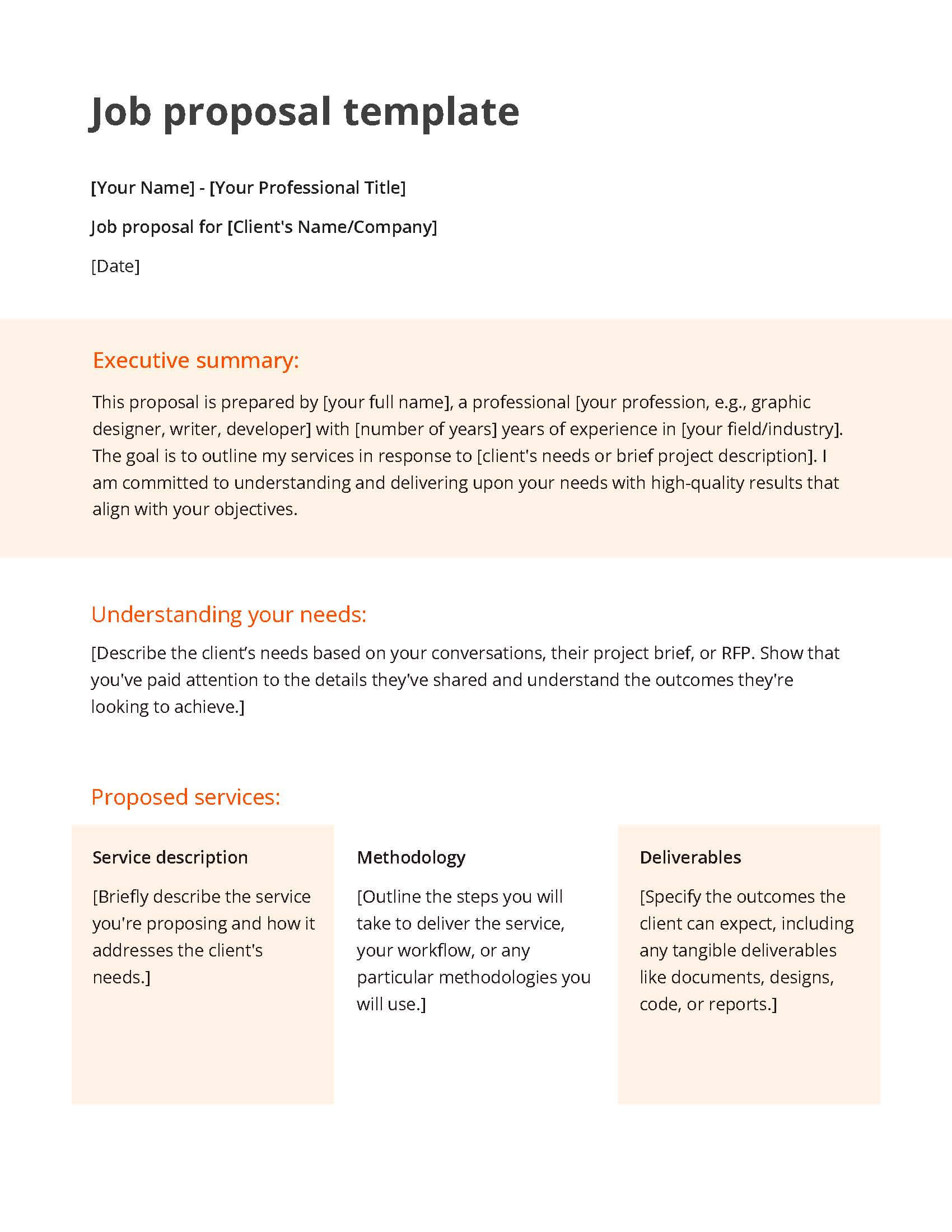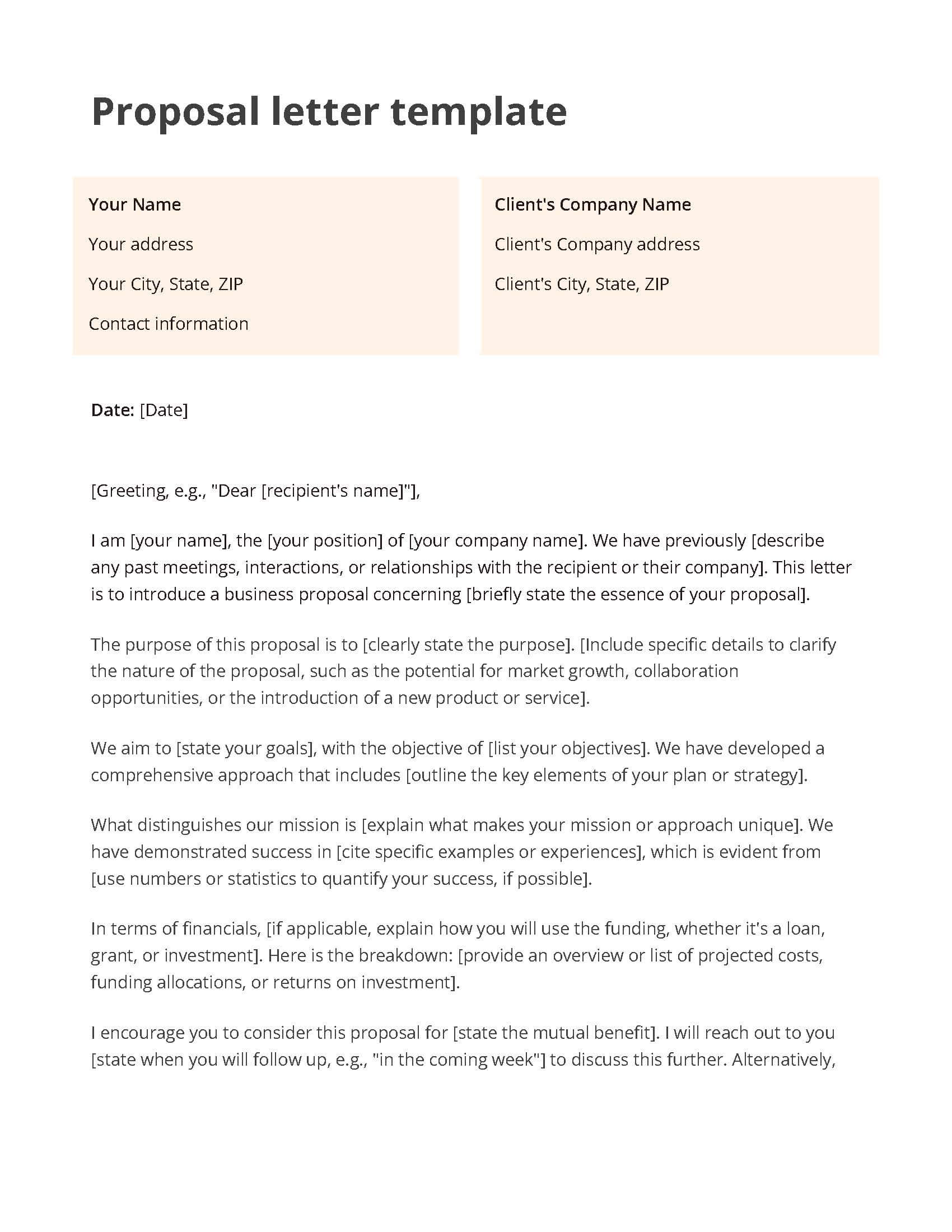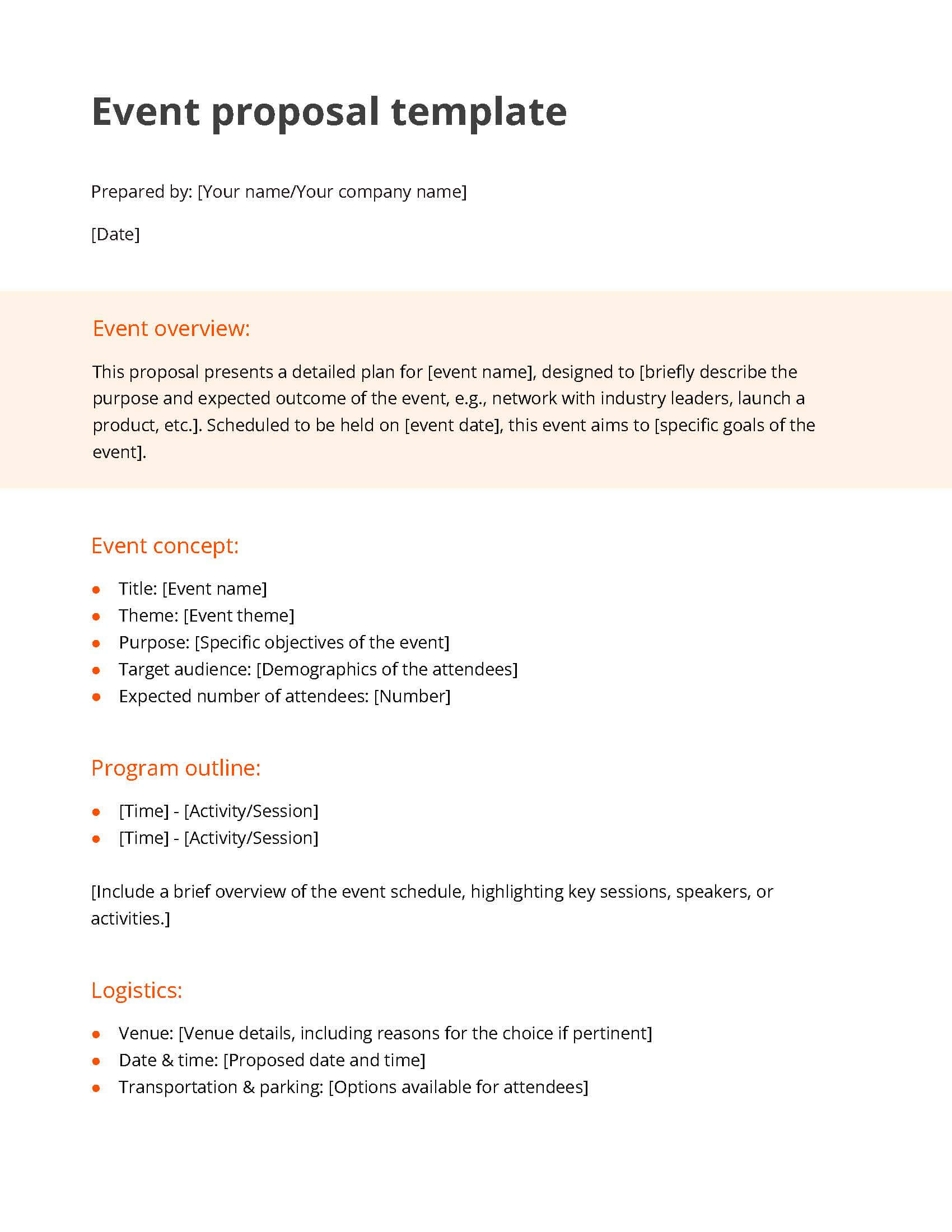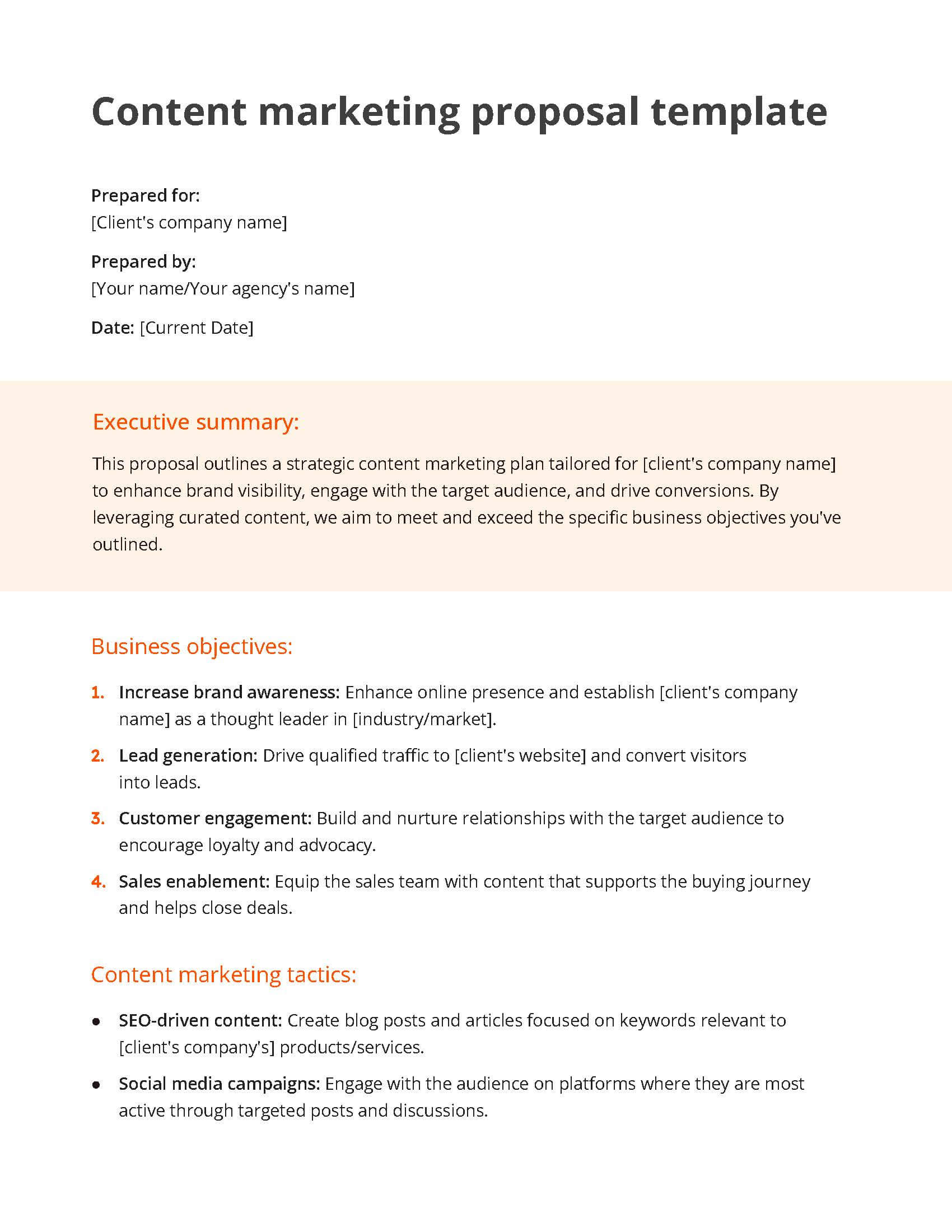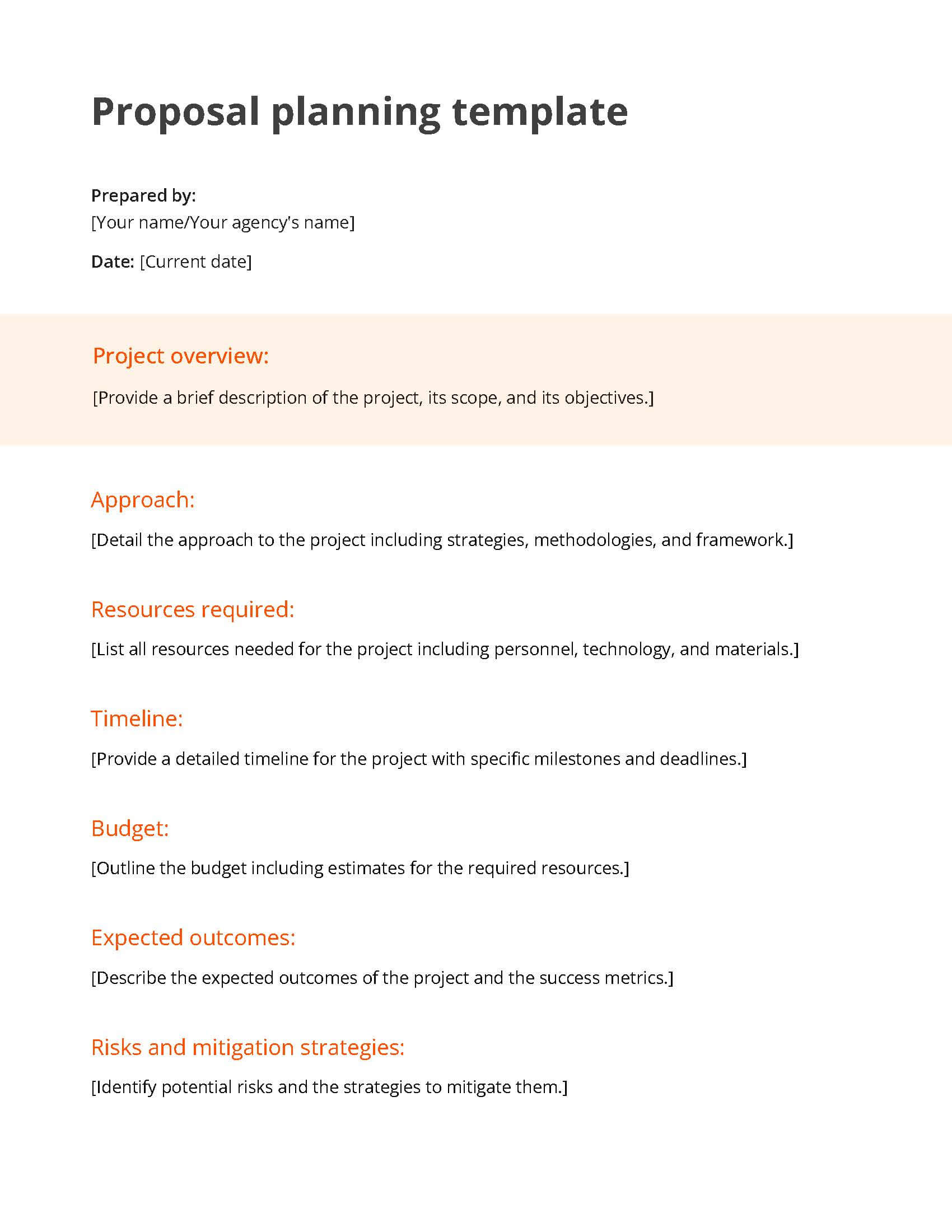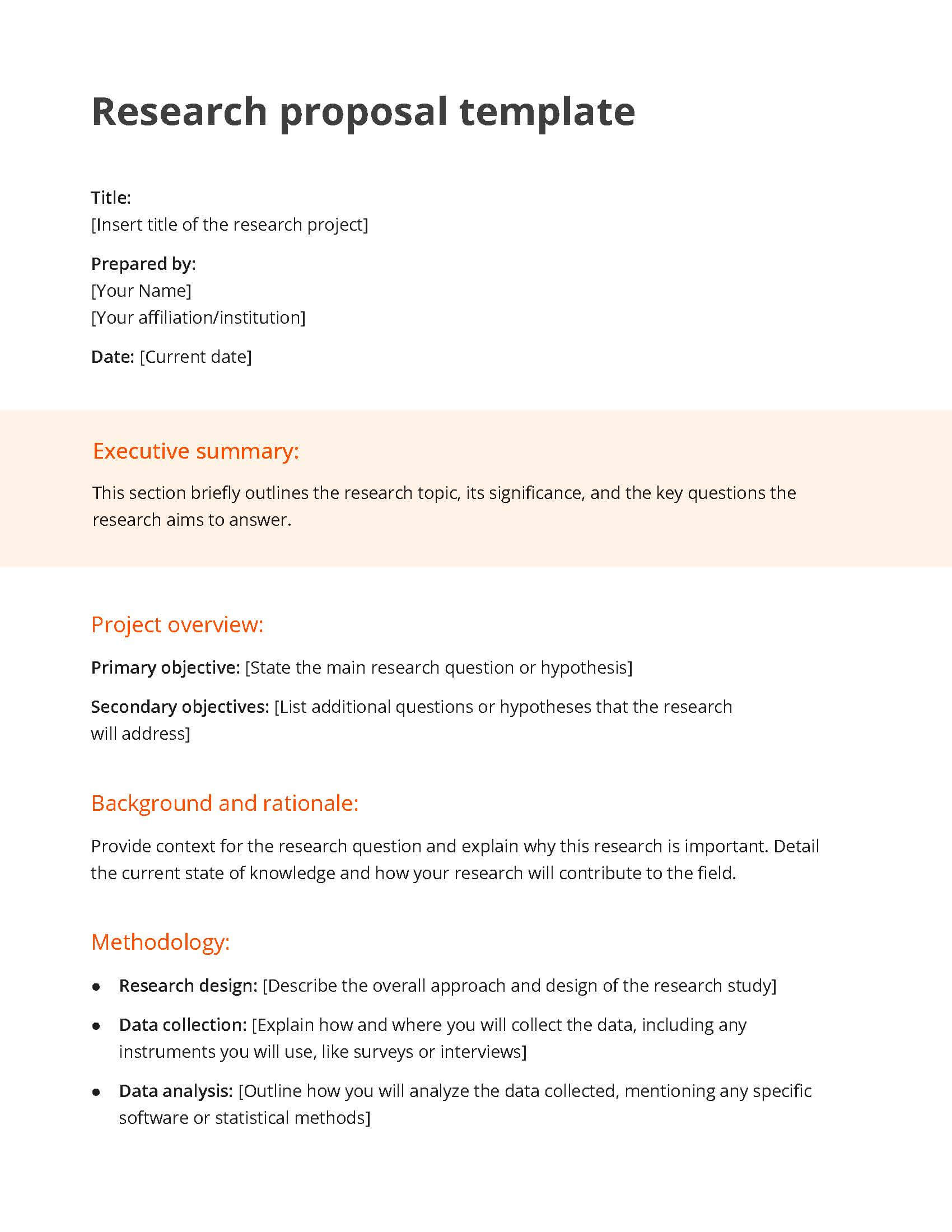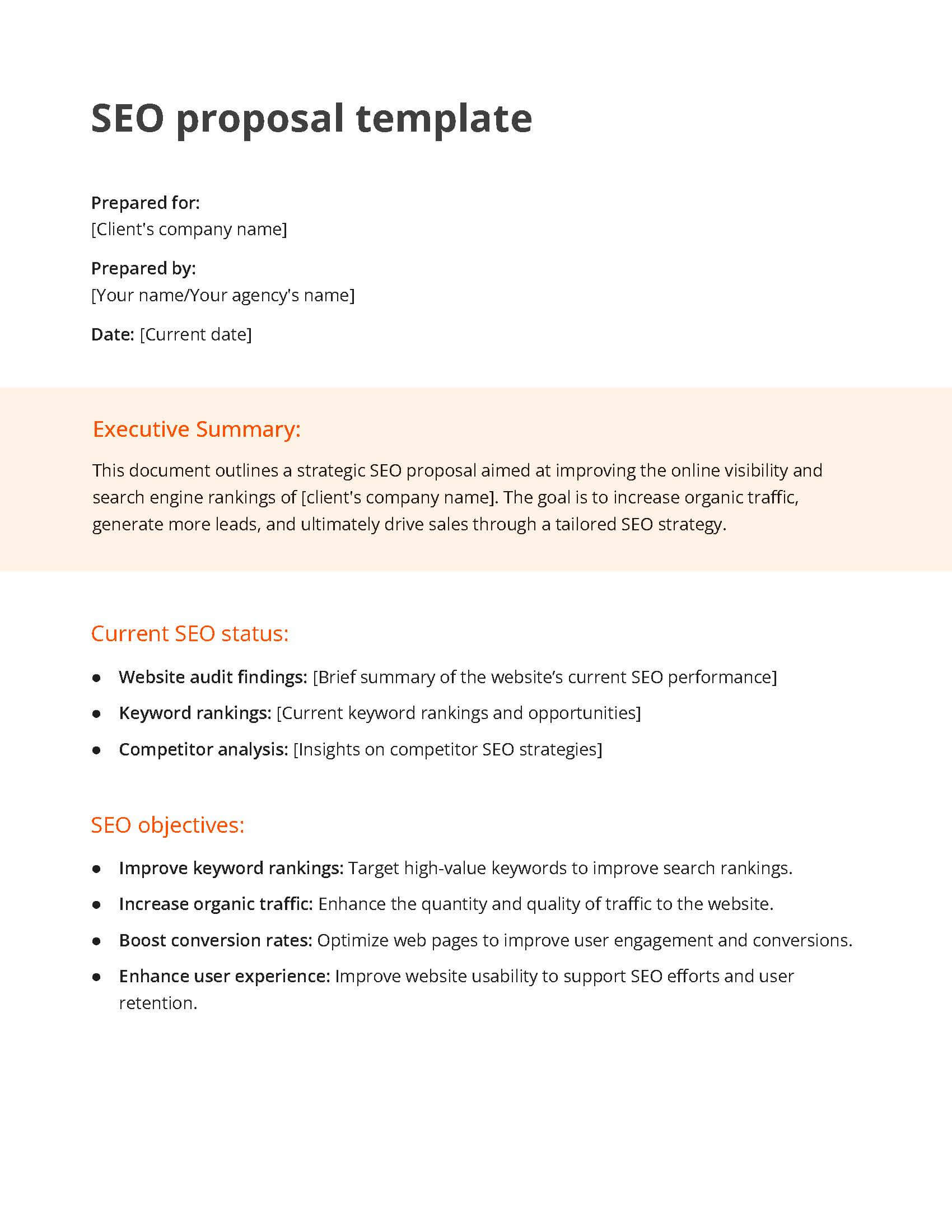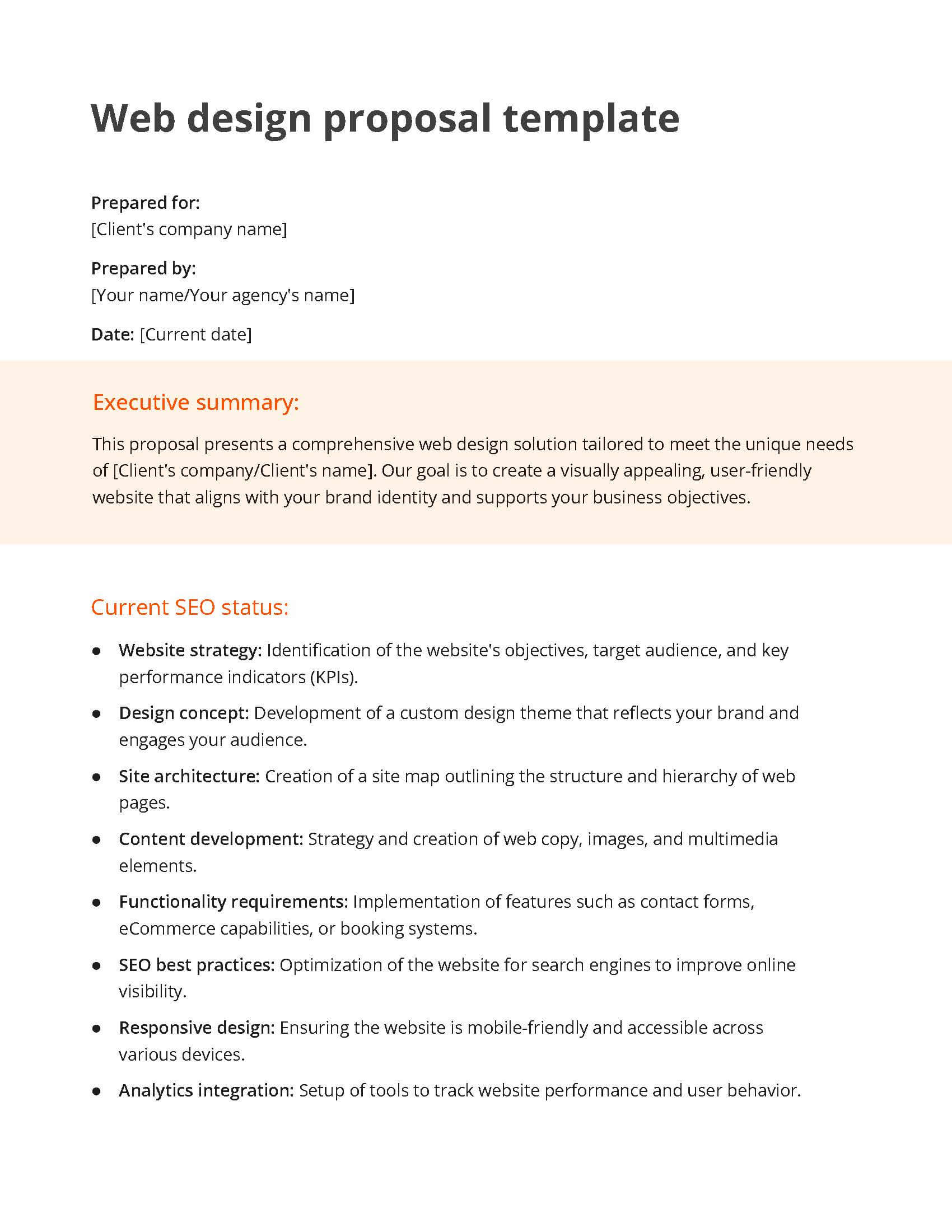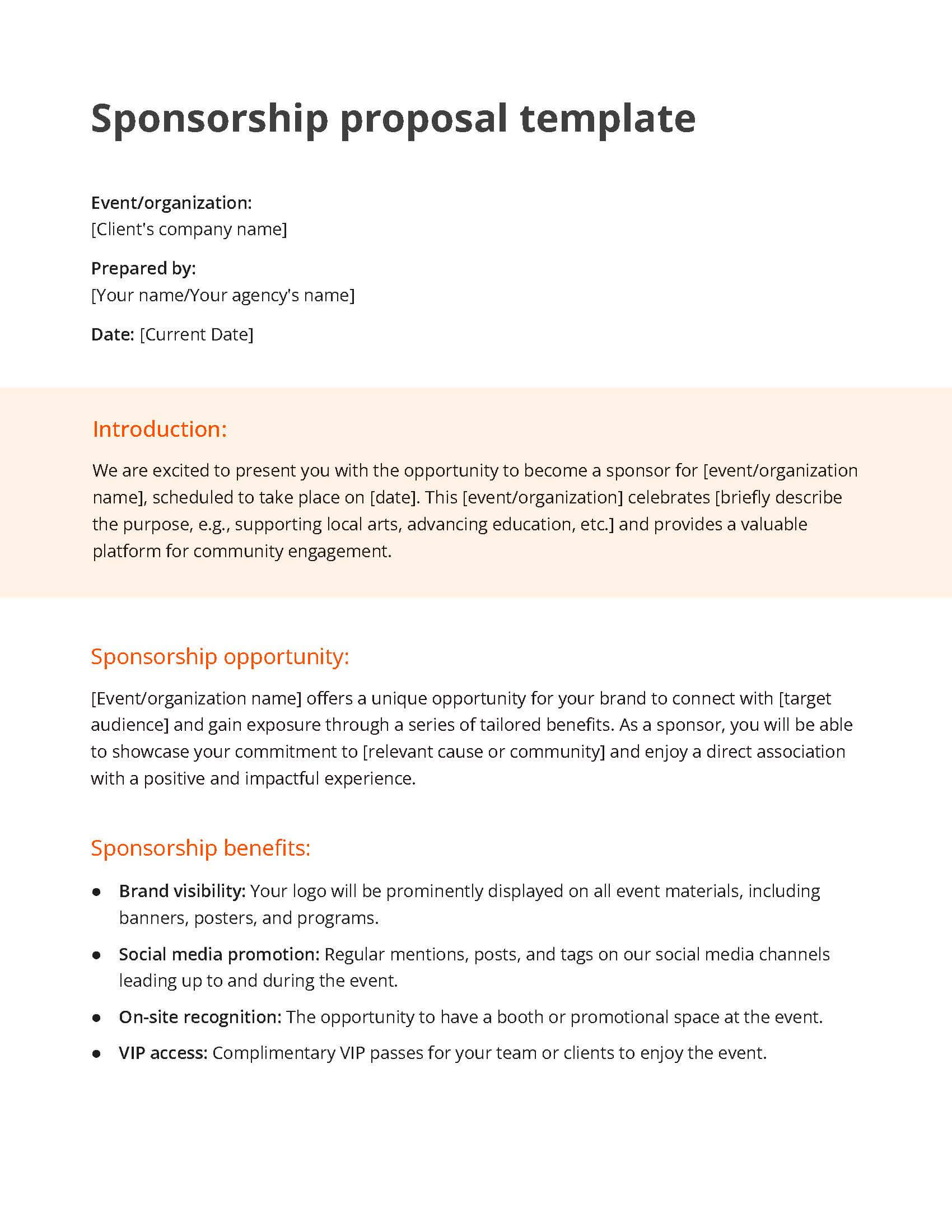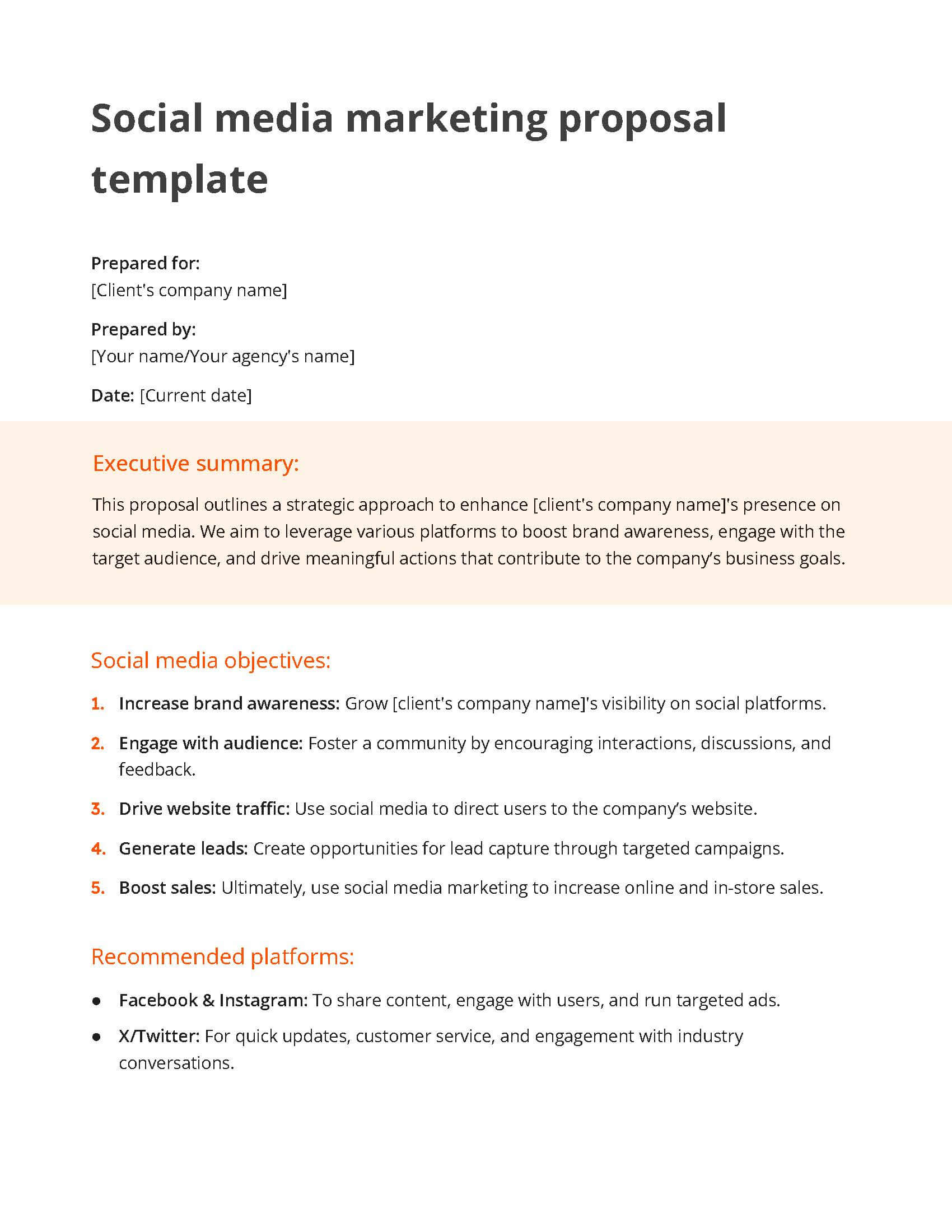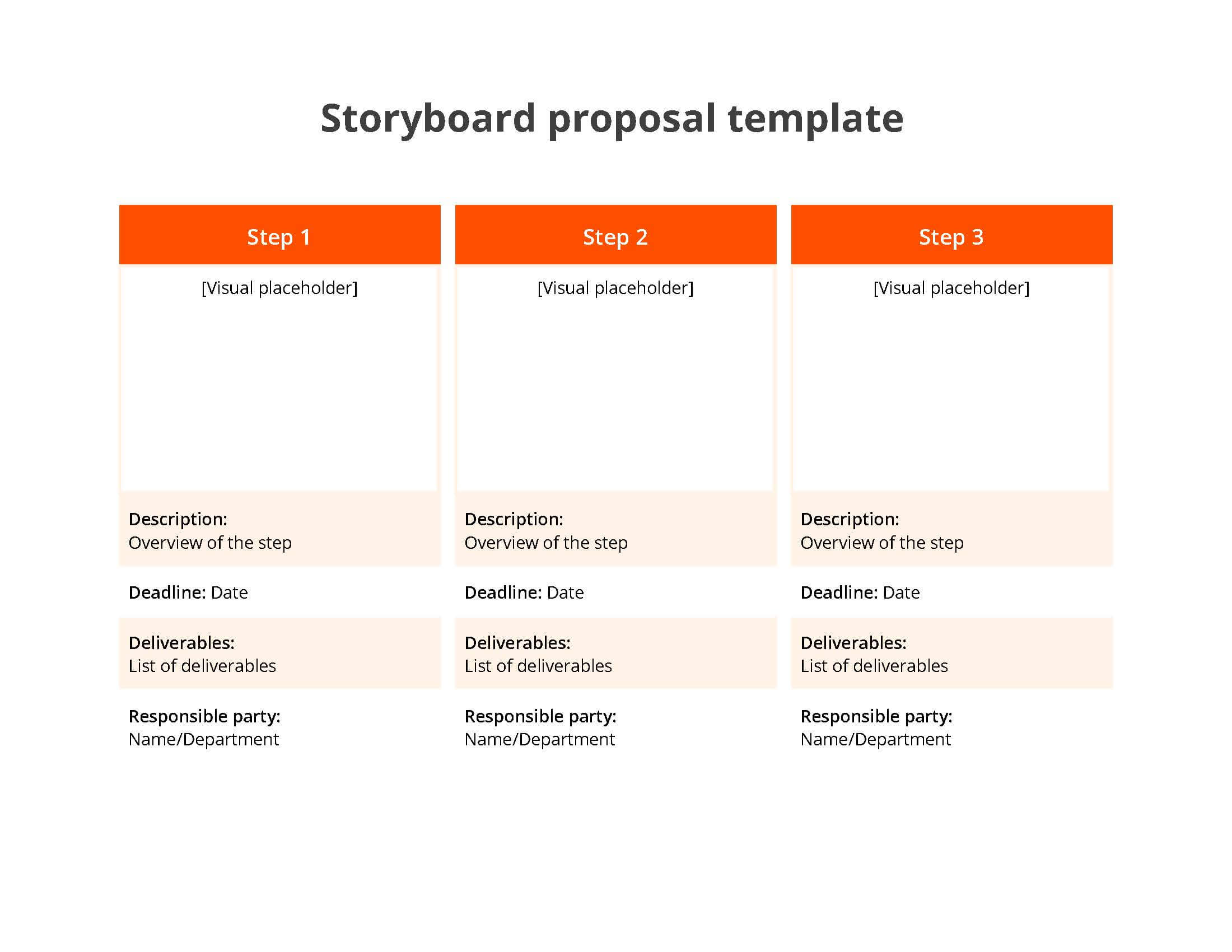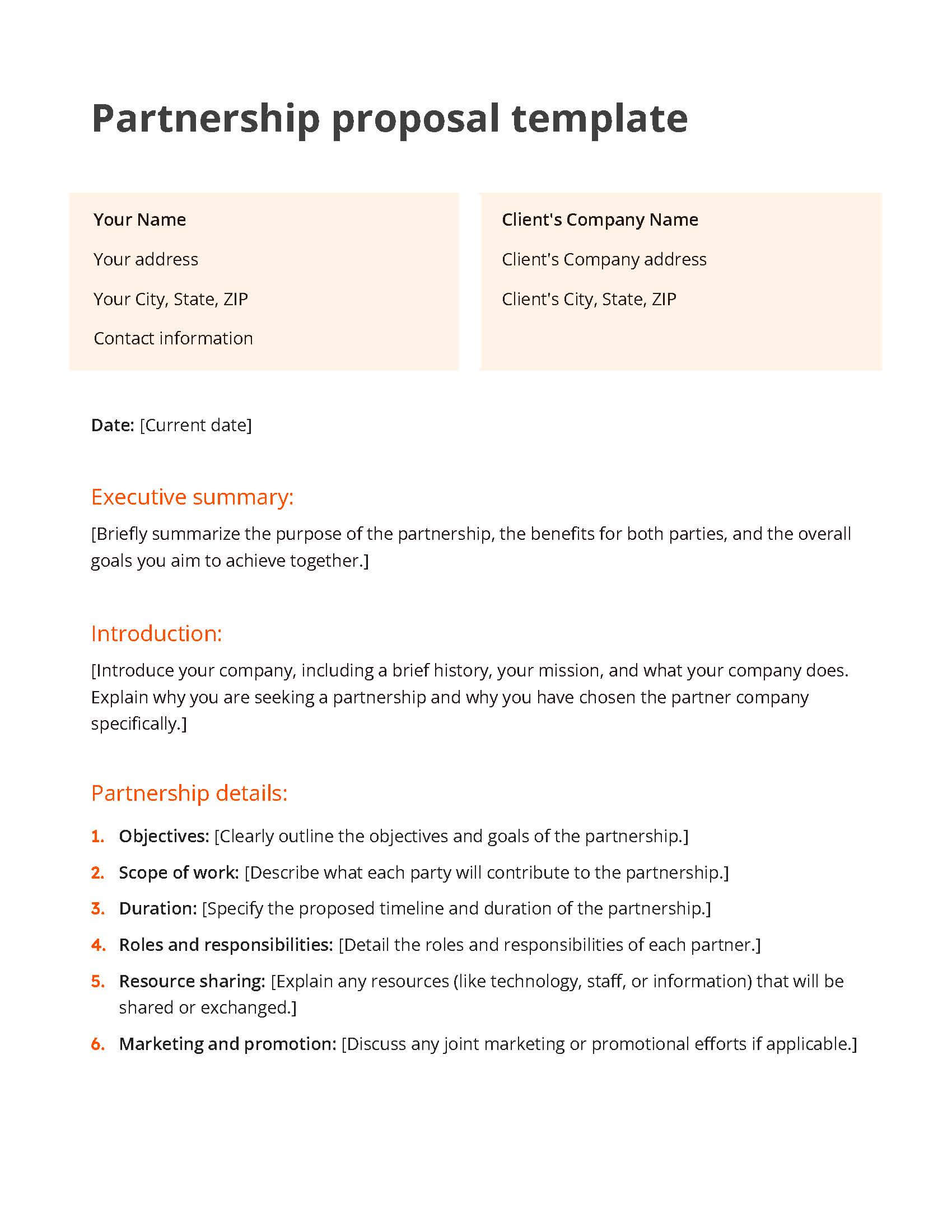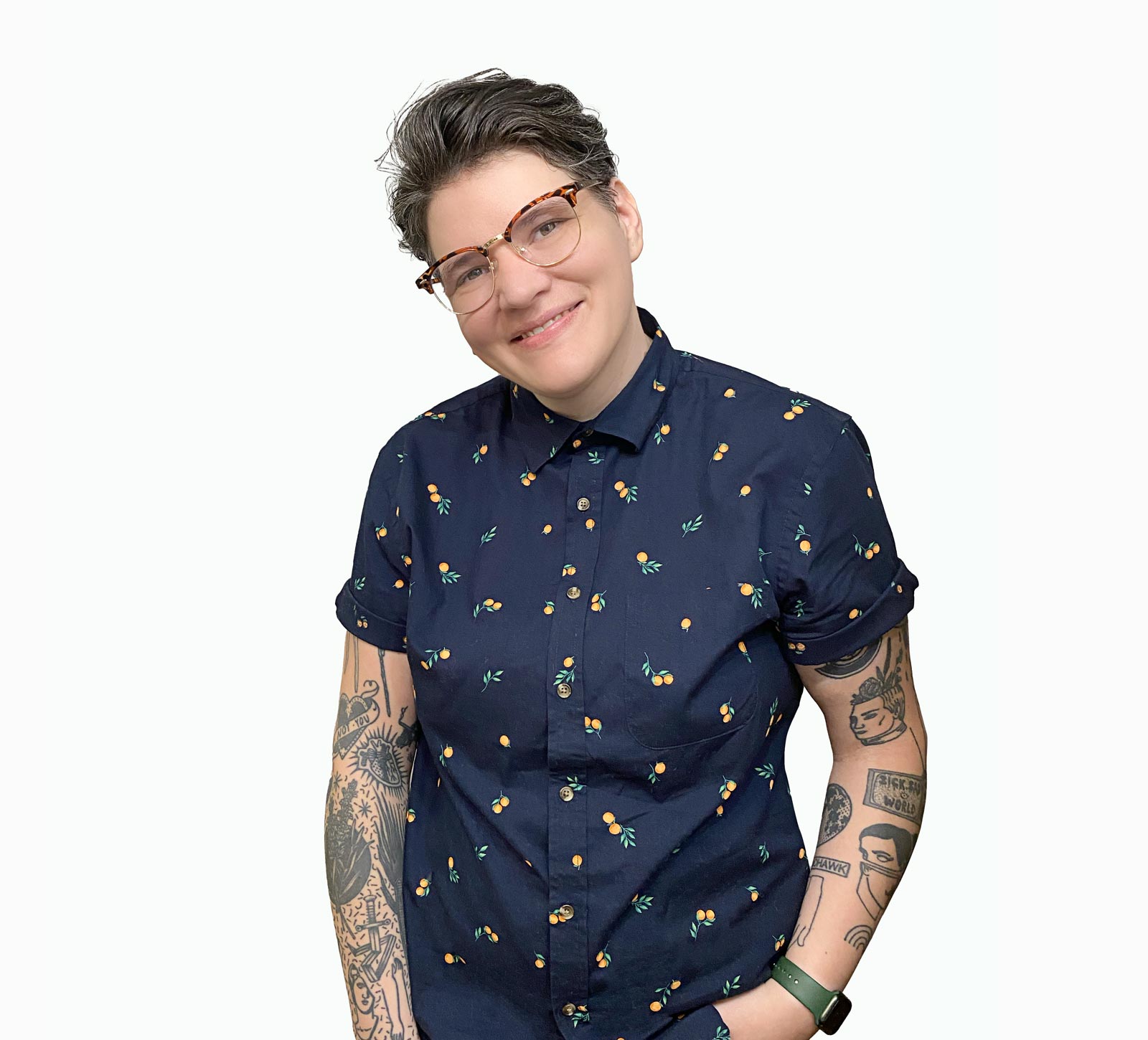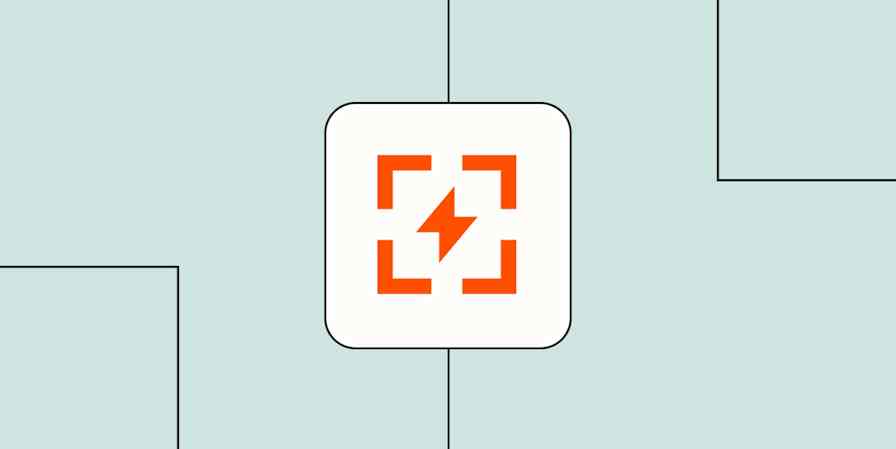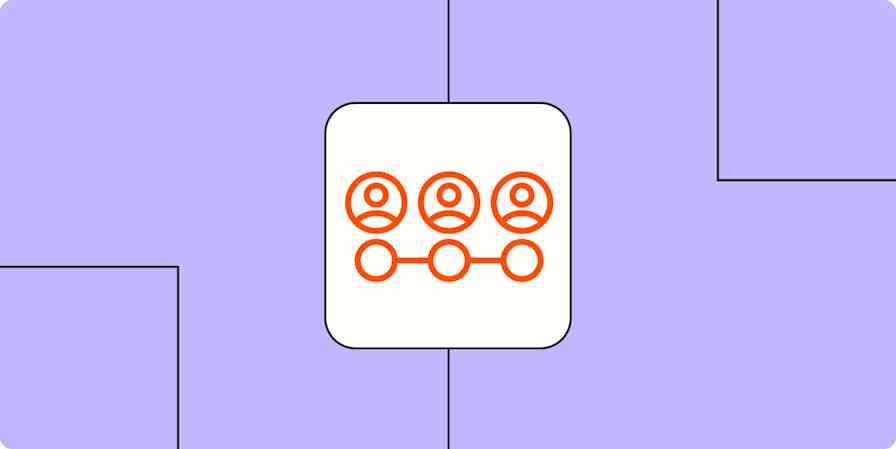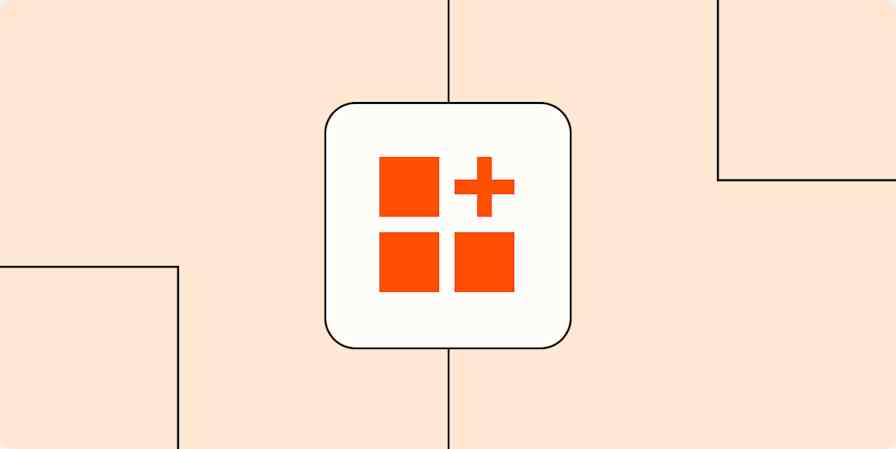In my vast experience of convincing people to do things they're initially sure they don't want to do, I've picked up a trick or two—namely, that no matter how exceptional and transformative your product may be, if your proposal doesn't articulate its value, you might as well fold it into a paper airplane and throw it out a window.
Impactful proposals require structure, which is where a business proposal template comes in. It's the strategic framework that turns your pitch into the corporate equivalent of standing outside someone's house with a boombox over your head—except instead of blasting Peter Gabriel, you're serenading prospects with solutions to their pain points.
Here, in a burst of generosity characteristic of neither me nor most of the business industry, I'll share 23 free proposal templates and show you how to use them to showcase your unique offerings.
Table of contents:
What is a business proposal?
A business proposal is a persuasive document used to convince someone to buy into your project, idea, or business opportunity. It outlines what you plan to do, how you plan to do it, when you plan to do it, and how much it will cost. A proposal is your opportunity to prove that you understand a potential client's underlying needs and showcase why you're the best choice for the job. There are two types of business proposals:
Solicited proposals are submitted in response to a formal client request for proposal (or RFP) and have specific requirements issued by the client.
Unsolicited proposals, sometimes called proactive proposals, are offered to a prospect independent of a request, usually following discussions about their business needs.
Proposals come in all shapes and sizes, from a quick email pitch to a 100-page grant proposal with a budget the size of a small country's GDP. If responding to an RFP from a big company, you should roll out the red carpet with videos, case studies, client testimonials—the works. For a small business owner you've been nurturing for months, a short but compelling proposal focused on key benefits and next steps is likely all you'll need.
Free business proposal templates for any industry
Crafting polished proposals is key to winning new clients and growing your business. But who has the time to start from scratch every time? These business proposal example templates have got you covered. Clients and customers will be so impressed with your beautifully crafted proposal that they won't even realize how little effort it actually took.
1. Business proposal template
A business proposal is a comprehensive offer from a business to a prospective client detailing how the business can meet the client's needs and the benefits of choosing its services or products.
Best used for: Securing funding from investors, attracting new clients, or partnering with other businesses
Who should use it: Business owners, entrepreneurs, sales professionals
2. Business proposal template (Word)
Does Microsoft Word have some free business proposal templates you could use to create yours? Technically, yes. Or, you could start with our Microsoft Word business proposal template because you're already here (and because it's really conveniently designed to fit everything you need into one shareable document).
Best used for: Creating an editable business proposal if you're planning on collaborating with potential clients or other businesses
Who should use it: Business owners, entrepreneurs, sales professionals
3. Project proposal template
A project proposal outlines the details of a specific project, including an executive summary, objectives, scope, timeline, and costs, submitted for approval or funding. It's essentially a wishlist of how you plan to spend someone else's money.
Best used for: Securing funding or approval for a project
Who should use it: Project managers, business owners, entrepreneurs, nonprofit organizations
4. Job proposal template
A job proposal helps freelancers pitch their services effectively to potential clients. It emphasizes understanding client needs and providing a breakdown of project costs, which improves pitch quality and increases the chances of securing valuable client partnerships.
Best used for: Securing freelance work
Who should use it: Freelancers of all types, including writers, designers, developers, and more
5. Proposal letter template
A proposal letter is written to offer a solution or service to a potential client, providing an overview of the benefits and value proposition.
Best used for: Concisely presenting a proposal to a potential client or partner
Who should use it: Business owners, sales professionals, freelancers
6. Contract proposal template
A contract proposal is a formal offer detailing the terms and conditions under which a party will perform services or deliver goods to another party. It's the prenup of the business world.
Note: always run such contracts by your legal team to ensure they align with your interests and comply with relevant laws.
Best used for: Securing a contract with a client or partner
Who should use it: Business owners, sales professionals, lawyers
7. Event proposal template
An event proposal is a detailed plan submitted to stakeholders outlining the concept, logistics, budget, and expected outcomes of a proposed event. It's the party planner's battle strategy, where success is measured not in conquests but in compliments and clinking glasses.
Best used for: Securing funding or approval for an event
Who should use it: Event planners, nonprofit organizations, businesses
8. Content marketing proposal template
A content marketing proposal is a strategic plan presented to a client outlining how content marketing can be used to meet their business objectives, including tactics, content types, and measurement methods.
Best used for: Securing a content marketing contract with a client
Who should use it: Content marketers, freelancers, agencies
9. Proposal planning template
A proposal plan is a structured document that outlines the approach, resources, and timeline for accomplishing a specific goal or project. It's essentially admitting you need a plan to make your plan. It's plans all the way down.
Best used for: Ensuring that a proposal is well organized, persuasive, and complete
Who should use it: Anyone who writes proposals, including business owners, sales professionals, freelancers, nonprofit organizations
10. Research proposal template
A research proposal is a systematic plan proposing a research project, typically including the research objectives, methodology, timeline, and estimated budget—the "hold my beer" for academics.
Best used for: Securing funding or approval for a research project
Who should use it: Researchers, academics, students
11. Budget proposal template
A budget proposal is a financial plan that estimates the income and expenditures for a specific project or department over a set period—a bean counter's dream.
Best used for: Securing funding or approval for a budget
Who should use it: Project managers, event planners, business owners
12. SEO proposal template
An SEO proposal outlines a strategy for improving a client's search engine rankings, including tactics, tools, and expected outcomes. It basically says, "Follow me, and I'll show you how to be more sought-after than a parking spot at Trader Joe's on a Saturday."
Best used for: Securing an SEO contract with a client
Who should use it: SEO professionals, freelancers, agencies
13. Website proposal template
A website proposal outlines the scope, design, functionality, and cost of a website developed for a client. It essentially helps navigate the journey from "Hey, I need a website" to "Wow, this is exactly what I envisioned!"
Best used for: Securing a web design contract with a client
Who should use it: Web designers, freelancers, agencies
14. Sponsorship proposal template
A sponsorship proposal seeks financial or in-kind support from a sponsor, detailing the benefits the sponsor will receive in return. It's like asking someone to pay for your party and, in return, they get their name on all the balloons. It's a win-win, especially if you like balloons.
Best used for: Securing sponsorships for an event or initiative
Who should use it: Event planners, business owners, nonprofits
15. Social media marketing proposal template
A social media proposal template is a plan suggesting strategies for a client's social media presence, including goals, platforms, content, and metrics for success. It's a pitch to make a brand as clickable as a "Which potato are you?" quiz.
Best used for: Securing a social media marketing contract with a client
Who should use it: Social media marketers, freelancers, agencies
16. Consulting proposal template
A consulting proposal is a document in which a consultant outlines the services they offer to solve a client's problems, including methodology, timeline, and pricing. It's for the Mary Poppins of the business world, swooping in with a bag of tricks to fix everything from their sales strategy to their coffee machine.
Best used for: Securing a consulting contract with a client
Who should use it: Consultants, freelancers, agencies
17. Service proposal template
A service proposal is a formal offer of a service-based business to a client detailing the scope of services, deliverables, and terms of the agreement. It's like pinky promising you'll do the stuff you're really good at in exchange for cash.
Best used for: Securing a service contract with a client
Who should use it: Freelancers, agencies, businesses
18. Sales proposal template
A sales proposal helps sales professionals present their products effectively and establish credibility with potential clients by showcasing the company's background and client testimonials.
Best used for: Closing sales deals
Who should use it: Sales professionals
19. Grant proposal template
A grant proposal is a written request for funding submitted to an organization or government agency, detailing the purpose, plan, and budget of the project needing support. It's like Kickstarter but with more footnotes.
Best used for: Securing funding for a project from a grant-making organization
Who should use it: Nonprofit organizations, researchers, academics
20. Storyboard proposal template
A storyboard proposal is used to visualize and plan a project and is typically a visual representation of the project's key steps, milestones, and deliverables. It's like drawing a treasure map for your project, except the treasure is just meeting your deadlines and hopefully not walking the plank.
Best used for: Securing approval for a storyboard or selling a storyboard to a client
Who should use it: Project managers, business owners, designers
21. Partnership proposal template
A partnership proposal is a formal document created by an individual or an organization to propose a collaborative relationship with another party. This proposal outlines how the partnership would work, the benefits it would bring to both parties, and the terms and conditions of the partnership. It's commonly used in business contexts where companies, nonprofits, or other entities seek to join forces for mutual benefit.
Best used for: Establishing a mutually beneficial partnership
Who should use it: Business owners, sales professionals, nonprofit organizations
22. Construction proposal template

A construction proposal, or a construction bid proposal, is a formal document created by a construction company to win a project. This proposal outlines the scope of work and estimated costs and highlights why the project should go to you and not the other guys. Consider pairing this with a proposal letter, providing a more detailed and personalized pitch.
Best used for: Winning a construction project bid
Who should use it: Contractors, development companies, construction project managers
23. Program proposal template

A program proposal is used to get approval and funding for a new initiative, particularly in education settings, but also for health care, nonprofit sectors, social services, and even businesses. The proposal should address the need for the new program and how you can fulfill it (you and only you).
Best used for: Creating a new program or updating an existing one
Who should use it: Educators, administrators, business leaders
What to include in a business proposal
The actual meat and potatoes of the business proposal will vary by client, industry, and project, but a basic template should include some common elements. If you've perused all 20+ of our templates and still aren't sure where to start, you might need a nap. But first, read through the must-haves for most proposals:
Your business name: Remember in grade school when the teacher would remind everyone dozens of times to write their name on their paper, and you would roll your eyes, but still someone always forgot? Think of me as your teacher saying, "Please, write your business name on your business proposal."
Their business name: They know their name, you know their name, but it's the first step (of many) in personalizing the proposal to their specific business.
Contact info: Include both your and the prospective client's contact information so both parties can easily contact each other.
Scope of work: The scope of work (SOW) is an overview of the proposed work, who will do it, and when. It can act as the start of a contract outlining what will, and sometimes more importantly, won't be done.
Executive summary: While you might believe your proposal is the most riveting proposal that was ever proposed, not everyone will read it cover to cover. An executive summary is basically a TL;DR elevator pitch. It provides an overview of your proposal, so even folks pretending they "don't have enough time in the day" can get the gist.
Tips for optimizing a proposal template for your business
When it comes to proposal templates, you need to make them work for you, not the other way around. The template is just a jumping-off point. To combat its genericness, it's important to add your own razzle-dazzle. Here are a few tips to make any old template sizzle.
Tailor content to suit the specific project
When you begin to write a business proposal, the first thing to consider is your audience. Who are you trying to woo, and what will make them open their wallets?
Here's how to do some sleuthing to identify your target reader and customize your pitch to their needs:
Ask questions to get started: What are the client's pain points, and how will you solve them? What's your proposed scope of work and timeline? How much will your services cost? These are the questions a good proposal answers.
Do your research: Check out the client's website and social media profiles. See what they're posting about and what their customers are saying. Look for any public RFPs or project briefs. The more you understand their business and goals, the better you can position your proposal.
Focus on quantifying value using SMART goals: Once you've got a solid understanding of the work, focus on quantifying the value using SMART goals (specific, measurable, achievable, realistic, and time-bound). For example, don't just say you'll increase web traffic—promise a 25% increase in organic traffic within six months. You want the client to think, "This company gets what we need, and they've promised real, measurable impact."
Tailoring your content isn't just about fitting in—it's about fitting so well they can't imagine going with anyone else.
Add visual elements and branding
Long before our brains got rewired to crave the instant gratification of flashy screens and endless scrolling, our ancestors were also suckers for a good visual. There's nothing quite like an eye-catching graph, chart, or image to break up blocks of text and drive a point home.
Photos: Throw in some photos of your smiling face, your product in action, stacks of money, or whatever is relevant and helps tell your story. Just be sure any visuals are high quality and actually add value. And please, no cheesy stock photos of overly enthusiastic business people engaging in unnatural acts of corporate glee.
Infographics: If you have data or statistics to share, turn them into slick infographics. Those colorful, bite-sized bits of visual information are like catnip for proposal readers. But keep your infographics clear and concise. Cramming too much text or too many numbers onto one can make people's eyes glaze over faster than a hot donut.
Company branding: Spice up your proposal format with your company's colors, logo, and fonts—whatever matches your branding. This helps build brand recognition and makes your proposal look more professional. But don't go overboard, or it'll seem like you're overcompensating.
Using visuals and branding in your proposal helps bring it to life, giving readers an instant visual understanding of your company and offer, all while flexing your expertise. And that can only help your chances of getting to yes.
Choose the right language and tone
When choosing the language and tone for your proposal, you have to walk a fine line. Aim for that sweet spot where you sound like a polished pro, but not so much that people think you're actually a robot in a skin suit.
Use balanced language: Avoid stiff, formal language as much as overly casual speak. Expressions like "enclosed herewith, please find" sound pompous, while "wanna" and "gonna" are too laid-back. Simple, straightforward language is the way to go.
Engage your reader: Talk to your reader like you would a colleague or client. Let your passion shine through in a genuine, unforced way. Demonstrate your enthusiasm for the project without the aggressive, frantic energy of someone selling blenders on infomercials at 3 a.m.
Keep promises realistic: While you want to highlight the benefits and potential wins of choosing you, don't make promises you can't keep or claims you can't back up. Share relevant case studies, statistics, and data to build a persuasive yet realistic argument. Your readers will appreciate your honesty and see you as a trustworthy partner.
Meticulously proofread: With the language and tone set, be sure to proofread carefully. Double-check for any spelling, grammar, or punctuation errors that can undermine your credibility and the professionalism of your proposal. Nothing screams "I wrote this in the parking lot" like a typo.
Highlight your unique selling proposition and social proof
You've got to convince your clients you're better than all the other yahoos vying for their business, and the best way to do that is by showing off what makes you uniquely qualified to solve their problems.
Framing your unique selling proposition (USP) in a way that benefits the customer is vital because it makes your offering more relatable and appealing, directly addressing the customer's needs or pain points.
For instance, a company might boast, "Our team has 103 years of collective experience." That's a hefty number, and one can't help but picture a team of Gandalfs shuffling papers and nodding sagely. Yet, without context, it's just a number, as emotionally stirring as announcing you've collected 103 pieces of lint from your dryer.
Instead of just humblebragging about your gazillion years of experience, tell prospects how it benefits them: "Our team's 103 years of collective experience means we spot problems before they arise, we don't waste time upskilling, and, like workplace MacGyvers, we're ready to turn a paperclip and a stick of gum into a solution."
Provide solid evidence that you've done this kind of work before. Share details of similar successful projects, along with social proof like testimonials or case studies from happy clients. Mention any awards or the time you got mentioned in the paper for something other than that misunderstanding about the "borrowed" traffic cone. The more you can demonstrate your experience and expertise, the more credibility you'll build.
Include a strong call to action
At the risk of stating the obvious, which I understand is a cherished tradition in the world of business proposals, one must not, under any circumstances, let a proposal fizzle out at the end without calling out next steps. It's like leaving a high-five hanging—it's awkward and, honestly, a little sad. Give your proposal the kind of finale that has confetti cannons and at least one person in the background slow-clapping until everyone joins in.
Stick the landing by issuing a clear call to action. State what happens next, such as scheduling a meeting to discuss next steps or providing a timeline for getting started. This gives the client confidence in moving forward with your company. Circle back to your key points and re-emphasize the benefits of working together, in case they skimmed the middle part because they were eating a sandwich or something.
Remember, ending a business proposal without a call to action is like forgetting to say "Bingo!" when you've got five in a row—it's a missed opportunity that could cost you more than just mild embarrassment at the senior center. Don't let a weak ending undermine an otherwise slam-dunk proposal. A strong finish could be the difference between a lost opportunity and your next big client.
How to choose the right proposal template for your needs
Choosing the right proposal template for your business needs is a strategic decision. Follow these steps to get started:
Ask yourself, "What is the core purpose of this proposal?" (Not in the existential sense—that's a spiral no one needs.) For example, a project proposal template should facilitate a clear outline of objectives, deliverables, and timelines, while a business proposal template might focus more on market analysis and competitive edge.
Next, consider who's sitting across the table from you. A contract proposal for legal professionals will differ vastly from a storyboard proposal aimed at creatives. The template should speak their language and cater to their expectations.
Lastly, consider your desired outcome or what you're after. Are you looking to win a contract, forge a partnership, or charm the coins out of investors' pockets? Your template should have all the necessary details to prompt a reaction more positive than the one I get when I say I'm a marketer at a family gathering.
While these proposal example templates are helpful, they're only the starting point. The real magic happens when you customize the template to match your unique voice and vision. And if you create lots of proposals, take it to the next level by trying out a dedicated proposal app or automating your workflow.
Business proposal FAQ
How do I write a business proposal?
First step? Read this article. Then, start by researching your prospective client and determining how you can meet their specific needs. Create a document that outlines objectives, scope of work, and budget, and don't forget to add a CTA. You can always use one of the above templates, too.
What is the standard format of a business proposal?
Formatting varies depending on the specific type of business proposal. Essential elements include contact information for both businesses, an executive summary, objectives, scope of work, pricing, and next steps.
What are the three C's of a business proposal?
The 3 C's are concept, customer or client, and cash. Concept describes the problem and solution, the client is your target audience, and cash refers to how the proposal will be profitable (either literally or figuratively) for the client.
Related reading:
This article was originally published in January 2024 by Allisa Boulette. The most recent update, with contributions from Megan Orr, was in April 2025.
